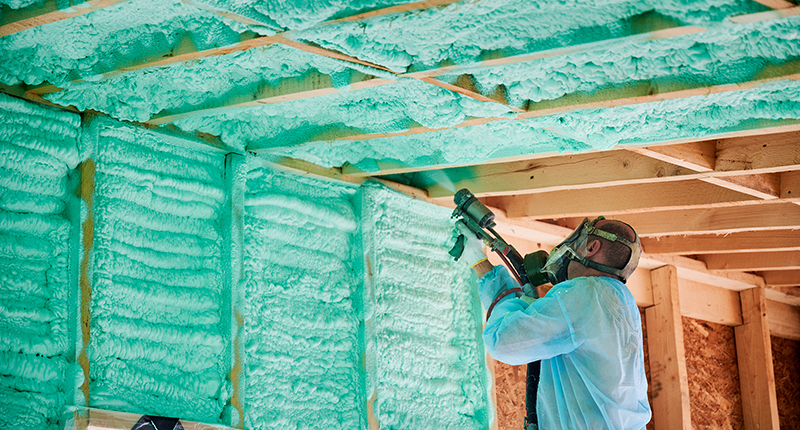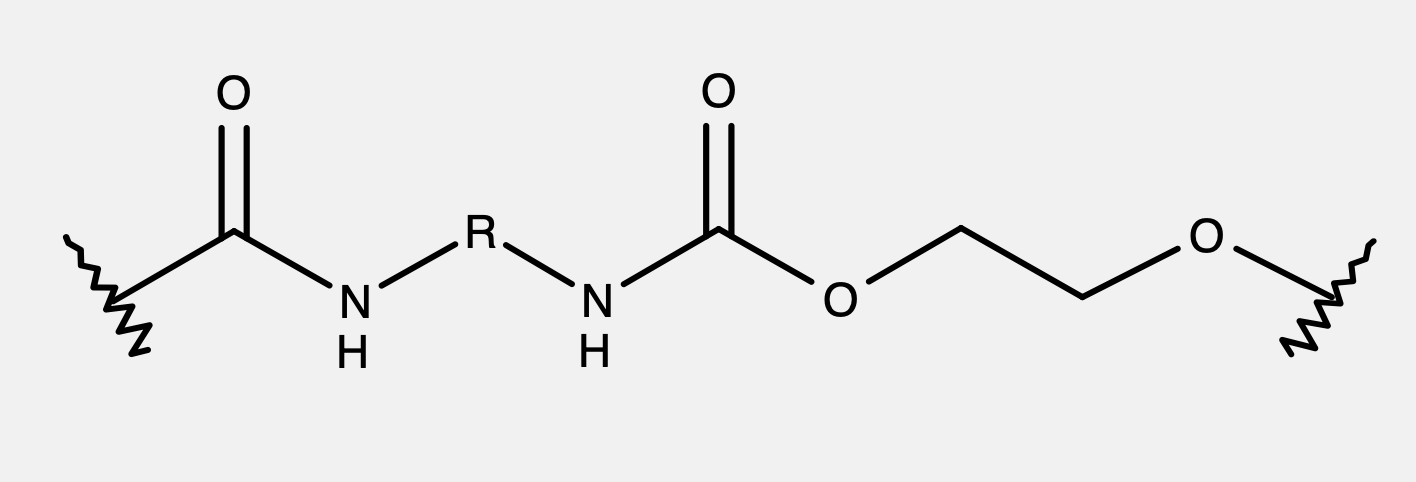Polyurethane Solutions
Meet the demands of modern applications
Polyurethane Chemistry
Polyurethanes form by reacting diisocyanates with polyols to create a segmented polymer network. The soft segment (polyol) provides elasticity, resilience, and low-temperature flexibility, while the hard segment (diisocyanate + chain extender) contributes to hardness and structural strength.
Common diisocyanates include TDI, MDI/PMDI, HDI, and IPDI. Polyol types include polyethers, polyesters, polycarbonates, polycaprolactones, amine-terminated, and acrylic polyols.
Formulations are customized with additives such as catalysts, surfactants, moisture scavengers, diluents, flame retardants, pigments, and fillers to meet specific performance and processing needs.
Polyurethanes are valued for their mechanical strength, adhesion, weatherability, and abrasion/tear resistance, making them versatile in coatings, adhesives, foams, elastomers, and more.




